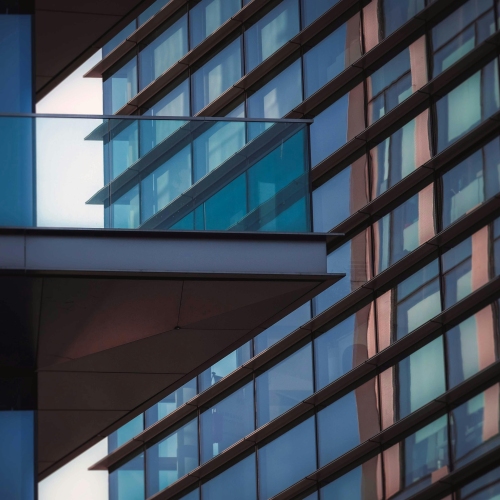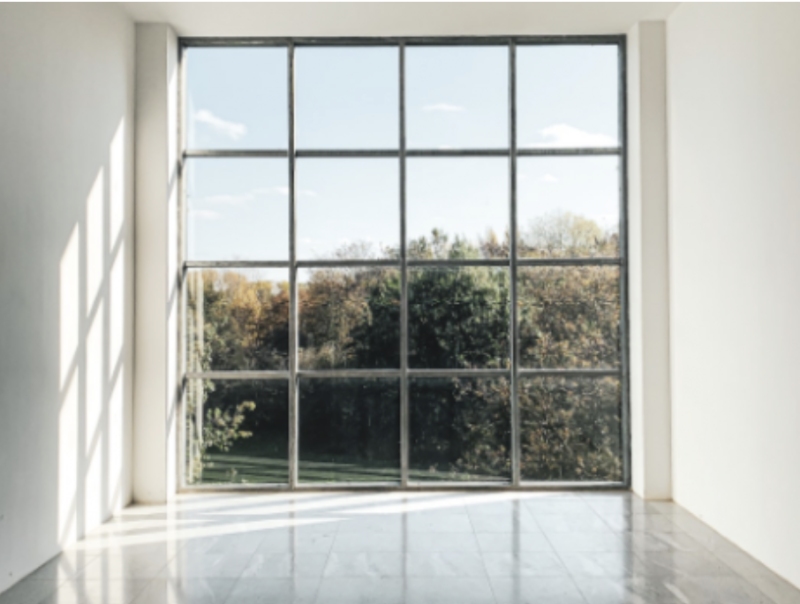A right of light is a right to enjoy the natural light that passes over someone else’s land and then enters your property through apertures in a building. Apertures include windows or openings and glass roofs.
Importantly, a right of light cannot exist over bare land. As such there is, for example, no right to light into your garden. There must be a building and there must be windows or other apertures through which the light passes.
Rights of light also do not exist to preserve uninterrupted views or to prevent a property from being overlooked.
Rights of light can be granted expressly, usually in a transfer or conveyance where someone sells part of a larger plot or in an independent deed. They can also be acquired over time by long continuous use, a principle known as prescription. Continuity can be broken, not only be physical obstruction to natural light, but also by the service of a Light Obstruction Notice. An interruption of 12 months or more will often prevent the acquisition of a prescriptive right to light.
How extensive is a right of light?
A right of light entitles the benefitting landowner to enjoy only such natural light as is required to enable the room through which the light enters to be used for its ‘ordinary purpose.’
This means that different rooms and spaces which are used for different things are entitled to receive different levels of natural light. For example, a storage room does not require as much light as a living space. To complicate matters, potential future uses can be taken into account.
The actual or anticipated reduction in a natural light entering a room can be measured scientifically by specialist right to light surveyors. There are complex arguments as to what level of natural light (or reduction in light) is considered acceptable, but it is frequently argued that at least 50% of the room must remain adequately lit for an infringement to be actionable.
Obstruction of rights of light
Commonly, rights of light will be threatened or interfered with by the development of neighbouring land, or the erection of some form of obstruction.
Whether an obstruction of the light constitutes a legally actionable interference is dependent upon the amount of light which the room is entitled to receive in the first place and how much that light has been reduced by the presence of the obstruction (or will be, if the obstruction is proposed). It is possible for the light to be reduced without it constituting an actionable loss of light.
To be actionable, the loss of light must amount to a ‘nuisance.’ This means proving that the reasonable enjoyment of the room/space has been substantially interfered with and is substantially less comfortable than before. This involves assessing how much light was originally enjoyed and the net reduction of light as a result of the obstruction. Expert evidence from a specialist right of light surveyor guided by a solicitor is essential to determine this.
What action can be taken?
An actionable infringement with a right of light entitles the benefitting landowner to seek an injunction compelling the removal of, or prohibiting construction of the obstruction, or the payment of damages in lieu. Often, compensation is negotiated. Compensation payments can be substantial, particularly if a major development is affected and an injunction is obtained or likely to be obtained.





